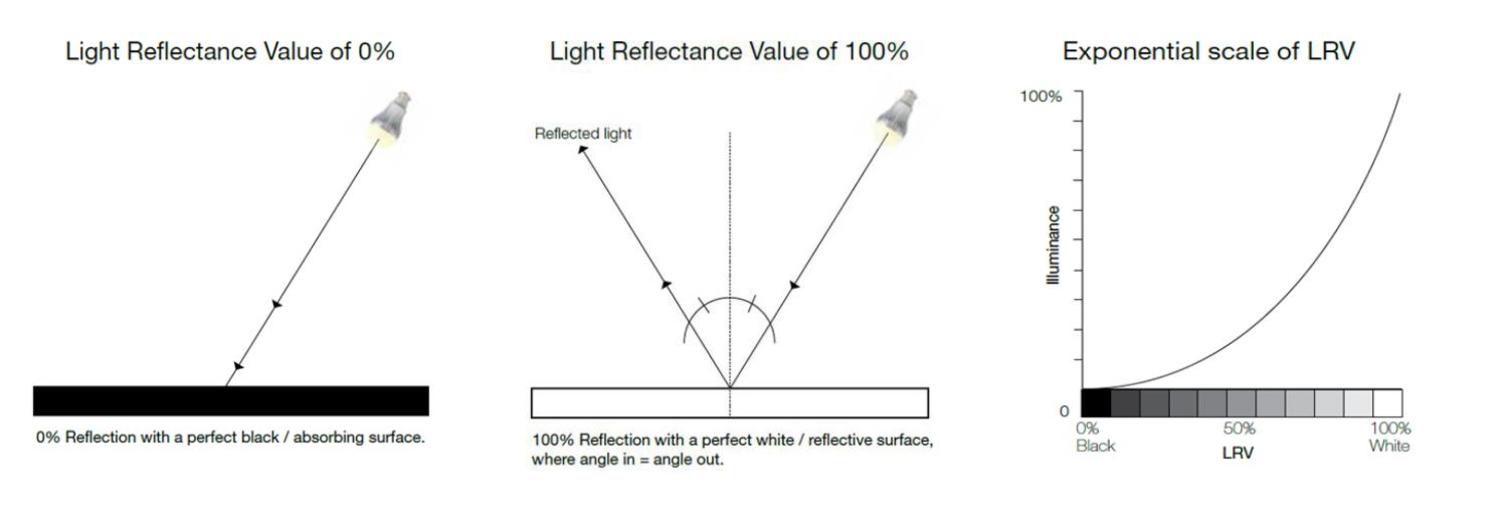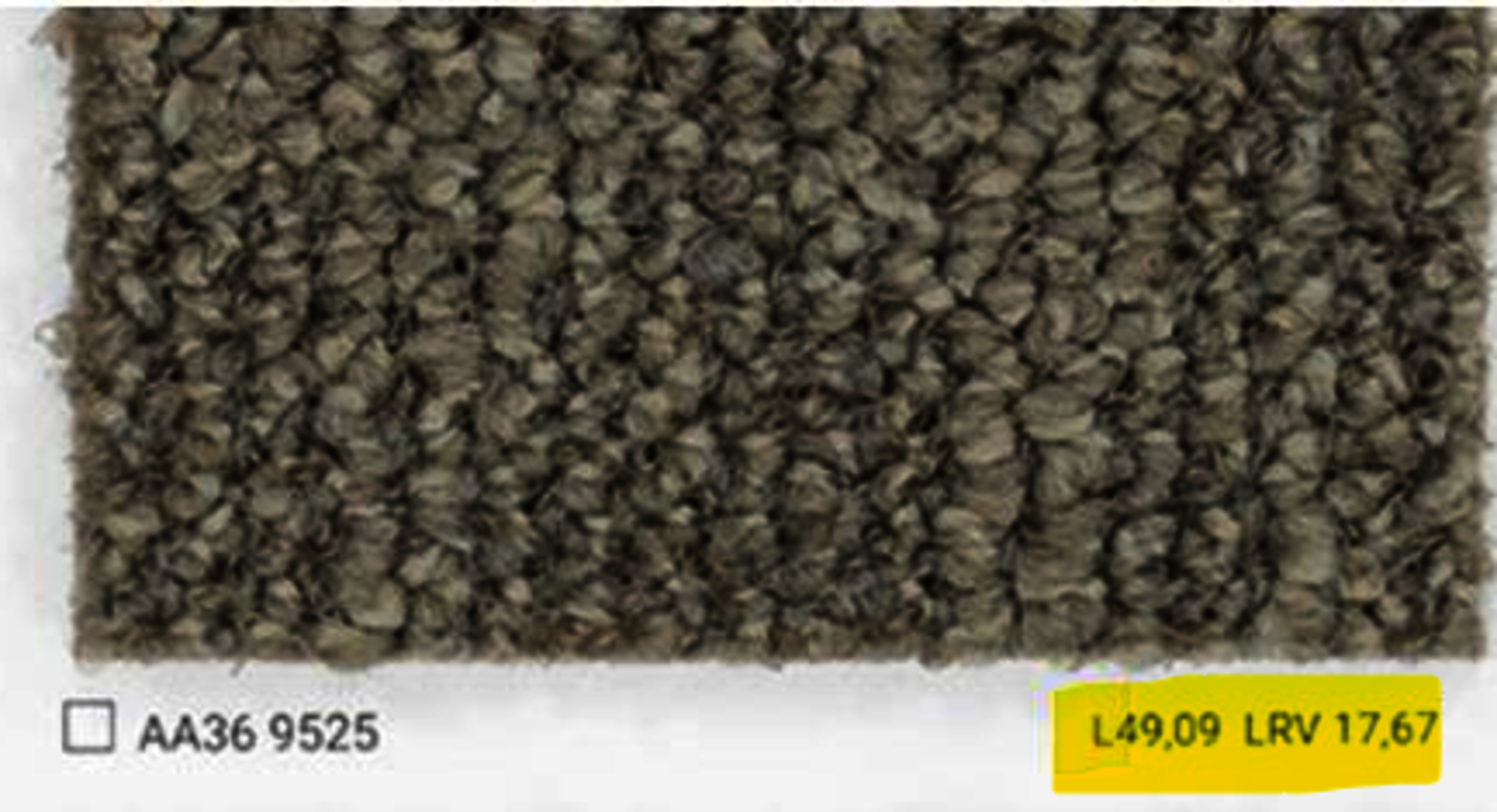
Understanding Light Reflectance Value (LRV)
When selecting flooring for a project, architects and designers consider various factors, including aesthetics, durability, and functionality. One important but often overlooked aspect is the Light Reflectance Value (LRV), which plays a crucial role in design accessibility, visual contrast, and overall space perception.
What is LRV?
Light Reflectance Value (LRV) measures the amount of visible and usable light reflected by a surface when illuminated by a light source. The scale ranges from 0 (absolute black, absorbing all light) to 100 (pure white, reflecting all light). Higher LRV values indicate brighter surfaces, while lower values suggest darker tones.


Why is LRV Important?
1. Accessibility & Compliance
LRV is essential in ensuring compliance with accessibility standards, especially for visually impaired individuals. Many building regulations recommend a contrast of at least 30 points in LRV between floors, walls, and doors to enhance visibility.
2. Lighting Efficiency & Energy Savings
Floors with higher LRV values reflect more light, reducing the need for artificial lighting and contributing to energy efficiency.
3. Aesthetic & Mood Setting
Lighter floors create an open and airy ambiance, while darker tones bring a sense of warmth and coziness. Designers use LRV strategically to balance space perception.
How LRV is Used in Different Sectors?
Healthcare Environments
In hospitals and healthcare facilities, LRV is crucial for patient safety and well-being. Higher LRV flooring enhances visibility in hallways and patient rooms, reducing the risk of falls. Additionally, strategic LRV contrast between flooring and walls helps individuals with cognitive impairments navigate spaces more easily.
Educational Spaces
Schools and universities benefit from LRV-conscious design by optimizing natural light, reducing energy costs, and supporting an engaging learning environment. LRV contrast can also help students with low vision navigate safely.
Indoor Sports Projects
Create strong contrast between the flooring and court markings to enhance visual perception (LRV difference >30 pts).

Where to Find LRV on Tarkett Sample Cards or Brochures
At Tarkett, we display LRV values on our sample cards to help professionals make informed decisions. By checking these values, you can ensure your project meets aesthetic, functional, and regulatory requirements.
On Desso sample cards, the L value, derived from the CIELAB color space, represents lightness on a scale from 0 (black) to 100 (white). While similar to LRV, L is primarily used in color measurements and lab settings rather than functional applications like contrast evaluation.

